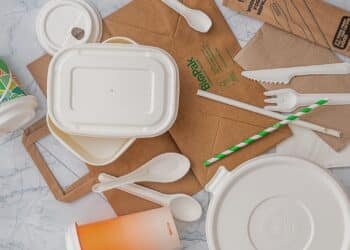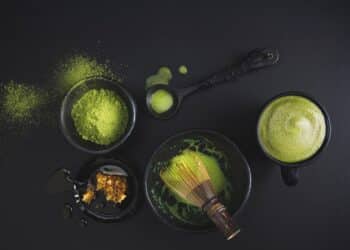By Shinsaku Fukayama of St Ali, the 2018 ASCA Australian Latte Art Champion.
Animals are a great source of inspiration for latte art. Whether I’m visiting the zoo, staring up at the sky or observing animals in the park, I always look at the structure of the animal and then question what latte art techniques I could use to recreate the pattern.
This wild brainstorming then turns into research on Google for a closer look on how to make the animals more life-like. Don’t be fooled – when I first attempt a new pattern it normally looks least like my desired pattern. Perfecting the design is a slow evolution of trying different skills and techniques to make the pattern as realistic as possible. I will practice over and over again until I start to achieve the shape I want. Sometimes it takes months, others will take weeks. It’s very rare the pattern is perfect on my first attempt. Like a painting, good latte art can be a progressive masterpiece.
The pattern I’ve chosen to demonstrate for this August edition is my snail walking in the forest. It uses common latte art principles put together: tulip, rosetta, drag, dots. If you can achieve each of these patterns individually, you will definitely be able to create this design.
The snail is quite simple. It’s the added features of the forest that make this design tricky, that and the positioning of all the elements in the cup.
One skill you will have to master is rotating a cup in your fingertips – this is something you can practice without the milk. Aim for smooth and steady rotations.
I first presented this design at the 2016 ASCA Australian Latte Art Championships in my free pour macchiato in a small cup. I placed second that year in the national finals, and since then I’ve worked on the design to make it even more realistic.
Shinsaku Fukayama’s Walking Snail
Step 1
With your cup handle at 6 o’clock, pour into the centre of the cup and build your base until the cup (300ml size) is three quarters full. With the pitcher a little closer to the surface, pour one tulip leaf to create the body of the snail.
Step 2
Rotate your cup anti-clockwise so that your handle is now at 3 o’clock. To the right of your first leaf, pour a four-leaf tulip down the right hand size of the cup. This will create the shell of the snail.
Step 3
To create a tree in the forest, pour a six to seven-leaf rosetta down the opposite size of the cup, or as I like to call it ‘wiggles’, and pull through.
Step 4
With your cup handle now rotated clockwise back to 6 o’clock, pour a five-leaf rosetta, aiming at the 1 o’clock mark. Work down the cup on the right hand side. Pull through the pattern.
Step 5
Turn the cup again, back to 3 o’clock. Pour and drag a line from left to right to create the tree branch (a drag is simply running your pour in a line).
Step 6
Time to add the fork in the branches. Make a few small drags with your pitcher to create lines out from the branch to make the tree more realistic, a few at either end.
Step 7
Above the body of the snail, pour dots to create the eyes and two dots on the branches to create cherries on the branch.
Step 8
Finally, pour a dot above the snail’s head to create the moon or sun. Snails come out of their shell after rainfall so we can be creative in the setting. There you have it.












